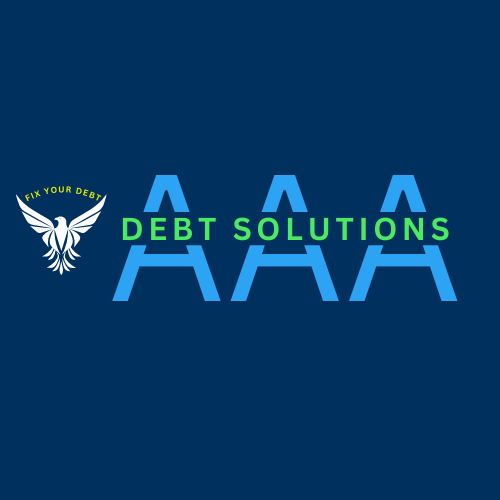
How does a Chapter 7 Bankruptcy work?
If you find yourself drowning in debt and are considering Chapter 7 bankruptcy as a potential solution, understanding the detailed ins and outs of the process is crucial. In this comprehensive guide, we’ll delve into the intricacies of Chapter 7 bankruptcy, offering a detailed roadmap for individuals seeking a fresh start on their financial journey.
Chapter 7 bankruptcy, often referred to as liquidation bankruptcy, is a legal process designed to eliminate most unsecured debts by selling non-exempt assets. Governed by federal law under the United States Bankruptcy Code, Chapter 7 provides individuals with a chance to rebuild their financial lives.
Key Steps in the Chapter 7 Bankruptcy Process:
Eligibility Assessment:
Before diving into the process, individuals must determine their eligibility. This involves meeting specific criteria, including income limitations and passing the means test, which evaluates whether their income falls below the median for their household size in their state.
Pre-filing Credit Counseling:
Prior to filing for Chapter 7, individuals are required to undergo credit counseling from an approved agency. This counseling aims to explore alternative solutions and educate filers on budgeting and financial management.
Filing the Petition:
The process kicks off with the filing of a bankruptcy petition with the court in the debtor’s jurisdiction. This initiates an automatic stay, preventing creditors from pursuing collection actions.
Appointment of the Trustee:
A court-appointed trustee takes charge of overseeing the case. The trustee’s responsibilities include reviewing the debtor’s financial situation, liquidating non-exempt assets, and distributing the proceeds to creditors.
Meeting of Creditors (341 Meeting):
Approximately 20 to 40 days after filing, a meeting of creditors takes place. During this meeting, the debtor answers questions under oath about their financial affairs. While creditors may attend, they typically do not actively participate.
Asset Liquidation:
The trustee identifies and liquidates non-exempt assets. Exempt assets, such as necessary household items and certain home equity, are protected from liquidation.
Discharge of Debts:
Once the trustee completes the liquidation process, the court issues a discharge order. This legally releases the debtor from personal liability for most debts included in the bankruptcy.
Benefits and Considerations:
Fresh Start:
Chapter 7 bankruptcy provides a clean slate by eliminating most unsecured debts, allowing individuals to rebuild their financial lives.
Quick Resolution:
Compared to other bankruptcy chapters, Chapter 7 proceedings are typically faster, often concluding within a few months.
Credit Impact:
While a Chapter 7 bankruptcy remains on the credit report for ten years, individuals can begin rebuilding credit immediately after receiving the discharge.
Conclusion:
Chapter 7 bankruptcy offers a viable path for those seeking relief from overwhelming debt. However, a thorough understanding of the process, eligibility criteria, and potential consequences is crucial. Seeking guidance from a qualified bankruptcy attorney is highly recommended to navigate the complexities and make well-informed decisions based on individual circumstances. Remember, Chapter 7 can be a powerful tool for a fresh financial start, and with proper guidance, individuals can pave the way towards a more secure future.
View more at KSmithCredit TikTok
@ksmithcredit Here’s why most people are declined for unsecured personal loans. Hey, if you need help consolidating debt, go to the link in my profile. #debt #debtconsolidation #personalloan #dti #debttoincome ♬ original sound - Kenneth - Debt Consolidation
